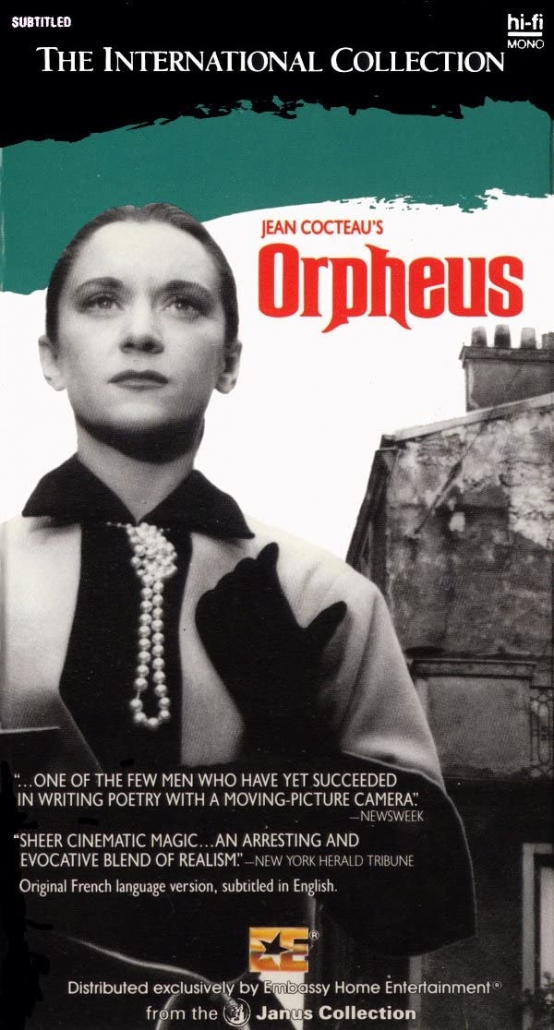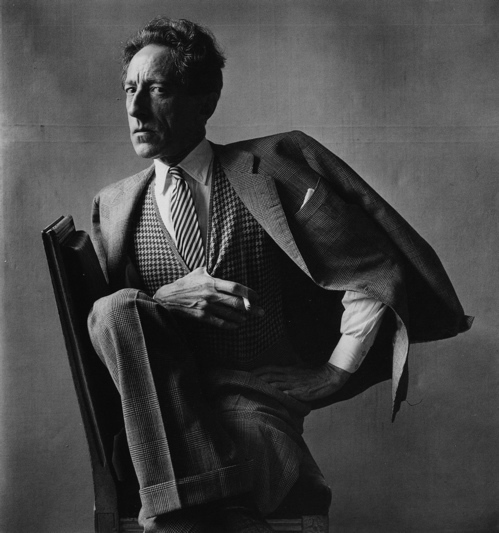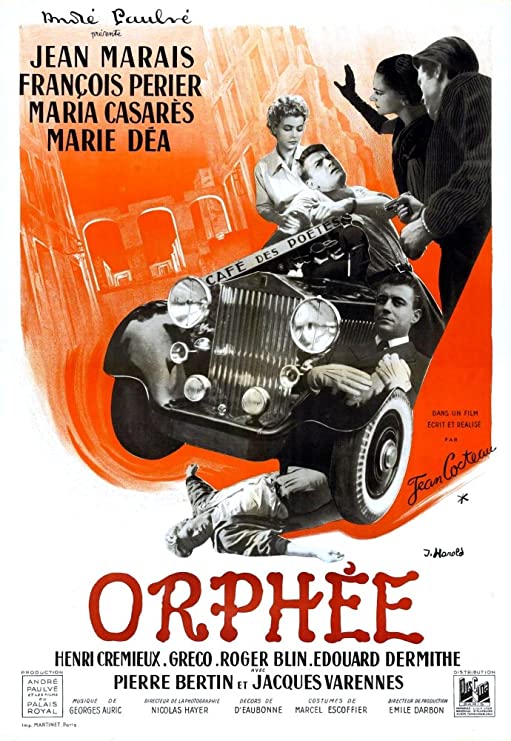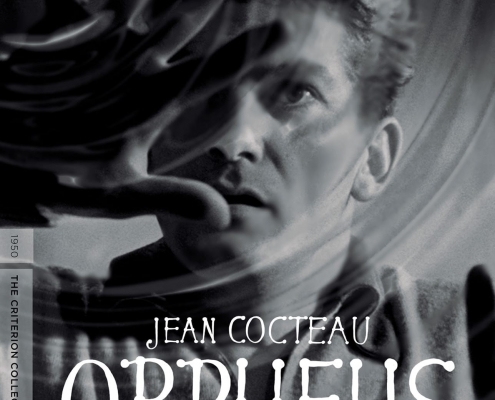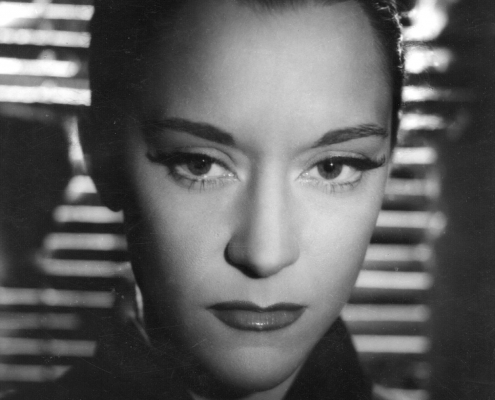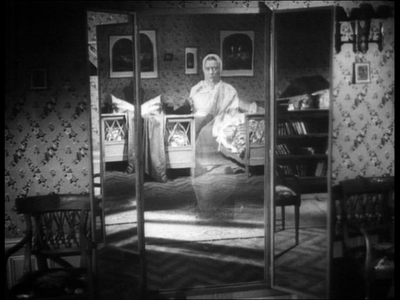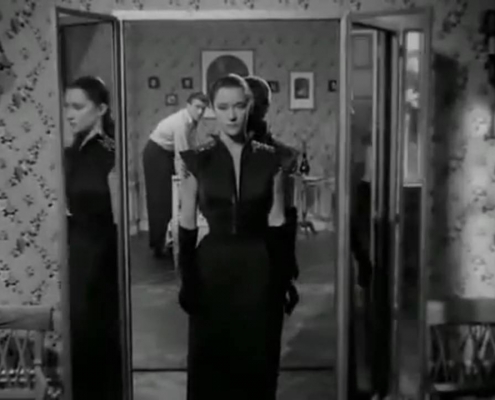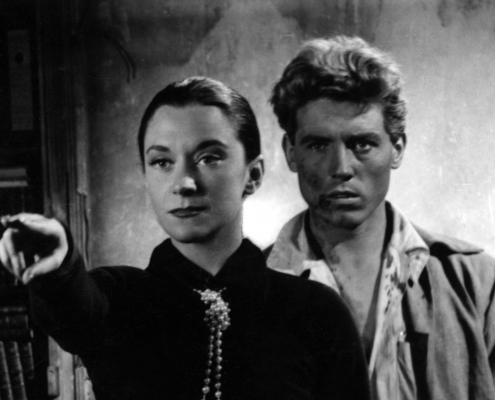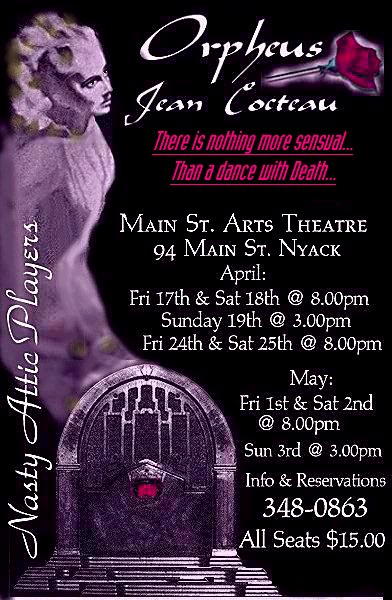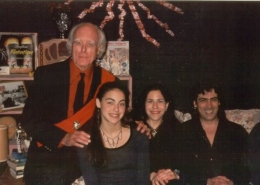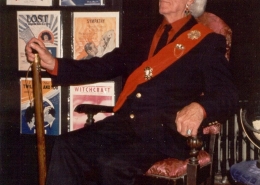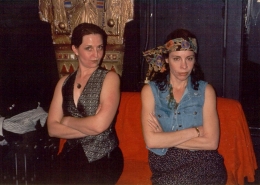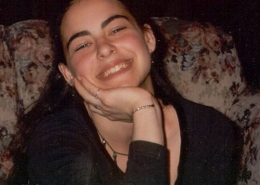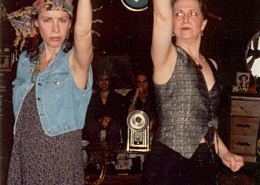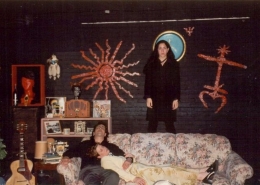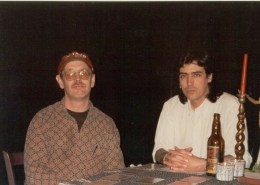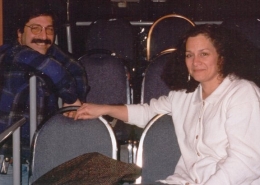Orpheus
‘There’s nothing more sensual than a dance with Death’.
“I wanted to take an old beauty and give her a face lift!”
Jean Cocteau
This project had been fermenting in my mind since 1982. When I watched Jean Cocteau’s film ‘Orphée’ in the Electric Cinema club in Portobello road, London. Once, it had been a ‘landmark building’ designed to show motion pictures. By the time I was there, it was literally called the ‘Bug-hole’ by locals. Since many of the seats were torn and soiled. The smell of damp and rot was in the air. Plus fleas had gotten into the place. But all these things were lost to me as I watched Cocteau’s masterpiece play out upon the screen. For the film captivated me in a way no other film had done before. It was a dream literally made out of celluloid.
Jean Cocteau famously said about making his film Orphée. That he had wanted to take the classic Greek myth of Orpheus and Eurydice and ‘Give the old beauty a face-lift.’ The multi-talented painter, poet and filmmaker had already taken a swing at it. Years before, he’d written and performed a theatre version. Using the supernatural elements of a ‘magic mirror’ and a ‘psychic horse’ who taps out messages from the ‘Unknown’. These communications, from beyond, become to Orpheus ‘more astonishing than all the poems in the world.
This early attempt was later developed by him into a film script. Where it was set in back then contemporary 1950s Paris. Orpheus, played by the epic-ally handsome (Jean Marais), has a Beatles-like following of mostly young, female autograph hunters. Outside of the cafe Orpheus witnesses the hit and run of the young poet. Whose popularity was threatening to eclipse Orpheus’. At this fatal moment, an elegant and beautiful woman comes along. She is ‘Princess Death’ (the body of the younger poet is placed in the back seat of her car by her chauffeur. She orders Orpheus to get into the car and come along with her as a witness. He’s so taken by her beauty and gravitas that he does. Thus begins his descent into Hades. Where he will plead for the return of his dead wife, Eurydice, from the clutches of the Stygian depths.
As always a special thanks to that famous 1st gentleman of Nyack Mr. Mark Tucker.
Looking back, the idea of taking such a classic surreal film and adapting it to the stage was insane. But, obsession and hubris were often my muse in those days. I had read his theatrical version of the story and rejected using that. It was the film I loved. It sang in my heart and I wanted to make it dance upon a stage. In fact our tag line for the posters was ‘There’s nothing more sensual than a dance with Death’. I took heart and inspiration from the manner and methods that Cocteau used to create Orphee. He had never made a film before and his crew had none of the skills which American cinema had learnt. So, between them they just made stuff up with low-tech special effects that were astounding. I understood this way of creating art and was very fortunate to have a fabulous company of actors and technicians. Who had over the years learnt to trust my vision and find ways to follow it through. So, through simple stage craft with lights and sound complementing the performances. Death’s ghostly Roll Royce was fashioned out of pieces we’d found in Elmwood’s attic. We created a door to Hades which opened and closed on it’s own and basked the audience in crimson other worldly light. Orpheus’ beautiful apartment full of art came from me working for a lovely man called Mark Tucker who had a second hand furniture store. Which was full of antiques and props from which I could create one of the most elaborately dressed sets I had ever done. All this drenched in a Latin soundscape full of heart breaking versions of ‘Besame Mucho’. This production remains to this day one of my proudest artistic accomplishments.
Luis Miguel: ‘Besame Mucho.’

